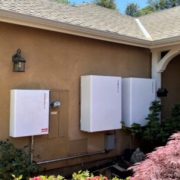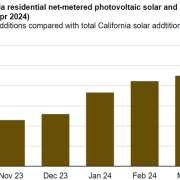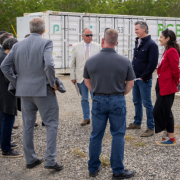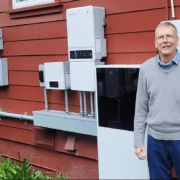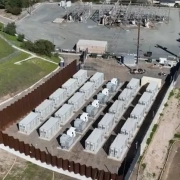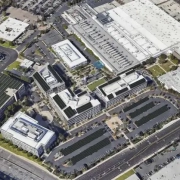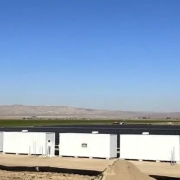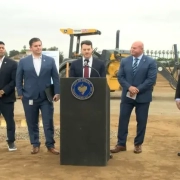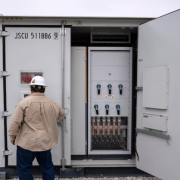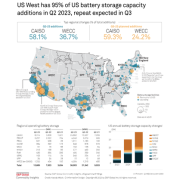California is regularly seen as a leader in clean energy, and no area of the country has more solar or energy storage deployments. Remarkably though, the attachment of batteries to residential solar installations has been low — until recently, only 10% of home solar systems in California also had batteries. New net-metering rules in the state are dramatically changing the solar + storage landscape though, and solar installers are keeping busy with the new normal.
In 2022, the California Public Utilities Commission enacted an overhaul of the state’s net-metering program. Since April 15, 2023, any new solar installation feeding energy onto the grid is now compensated for that power through a net-billing tariff. This new structure, known as NEM 3.0, significantly reduces the compensation for behind-the-meter solar systems — by as much as 75%, when compared to systems operating under the NEM 1.0 and NEM 2.0 structures.
Click here to read the full article
Source: Solar Power World
—
If you have any questions or thoughts about the topic, feel free to contact us here or leave a comment below.

